The Real Deal: How to Actually Enjoy the World’s Most Famous Museums
I’ve spent a lot of time in museums, but maybe not in the way you’d expect. My background isn’t in art history; it’s in materials science. I was the person trying to figure out why an old oil painting develops those fine cracks, or how to keep a bronze statue from turning green. That work gave me an all-access pass to some incredible places, letting me wander the halls before the doors opened to the public. And honestly, it taught me that a museum is so much more than just a quiet building full of old stuff.
In this article
Think of it like a living thing. It’s in a constant tug-of-war between two crucial jobs: protecting its collection and sharing it with you. Every single object is vulnerable. Light, humidity, temperature, even the collective breath of thousands of visitors can cause damage. Yet, the whole point is for people to see, study, and be inspired by these things. Solving that puzzle is the daily mission.

So, this isn’t another one of those “Top 10” lists. They’re always subjective and kind of miss the bigger picture. Instead, let’s look at what makes these foundational museums tick. Once you understand the ‘why’ behind the what, your visits will feel a whole lot more meaningful, I promise.
The Encyclopedic Museum: A Whole World Under One Roof
Some of the most legendary institutions are what the pros call “encyclopedic” museums. Their goal is massive: to collect and show art and artifacts from every corner of the globe and every period of history. Their origins are often tangled up with old royal collections and a sense of national pride.
That Famous Museum in Paris
This place wasn’t even designed to be a museum. It started its life centuries ago as a fortress, later becoming a grand royal palace. That history is literally etched into its walls, which creates some serious headaches for the staff. Imagine trying to install modern, museum-grade climate control and lighting systems inside a protected historic landmark. It’s a constant challenge.
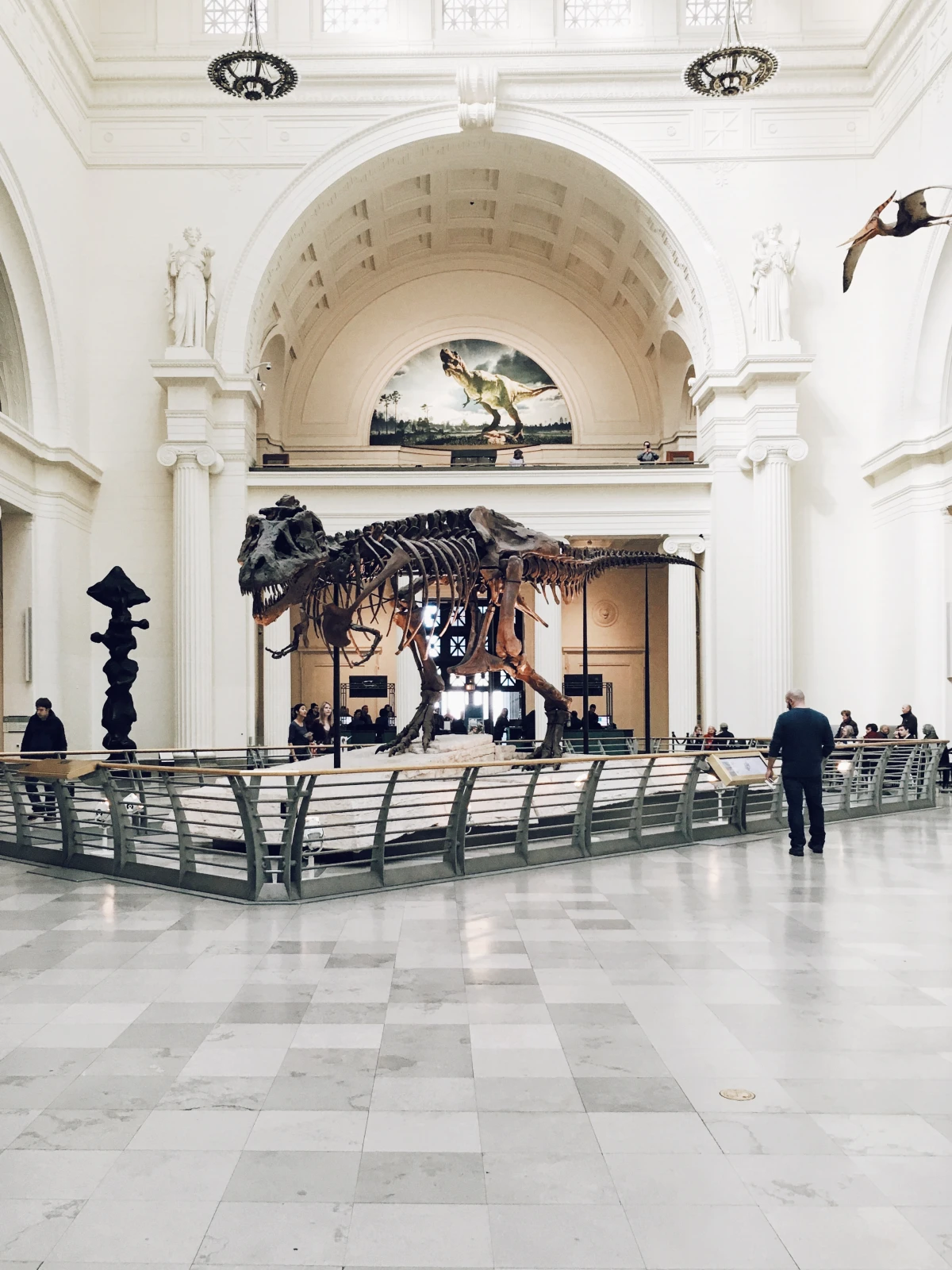
The core of its collection came from the personal stash of a French king, who was a huge fan and patron of a certain Italian master. That’s the simple reason why that one famous portrait with the enigmatic smile lives in Paris, not Italy. A museum’s backstory always explains why its collection looks the way it does.
A Practical Approach to Visiting: Look, this place is gigantic. We’re talking over 780,000 square feet of gallery space. Trying to conquer it all in one day is a fool’s errand. Seriously.
Pro Tip: Don’t even try to see it all. Pick one or two wings and call it a win. For the big hitters—like that famous portrait, the stunning winged statue on the staircase, and tons of Italian masterpieces—head to the Denon Wing. If ancient Mesopotamia and French sculpture are more your speed, check out the Richelieu Wing. Or, for a peek at the original medieval fortress foundations, the Sully Wing is your spot.
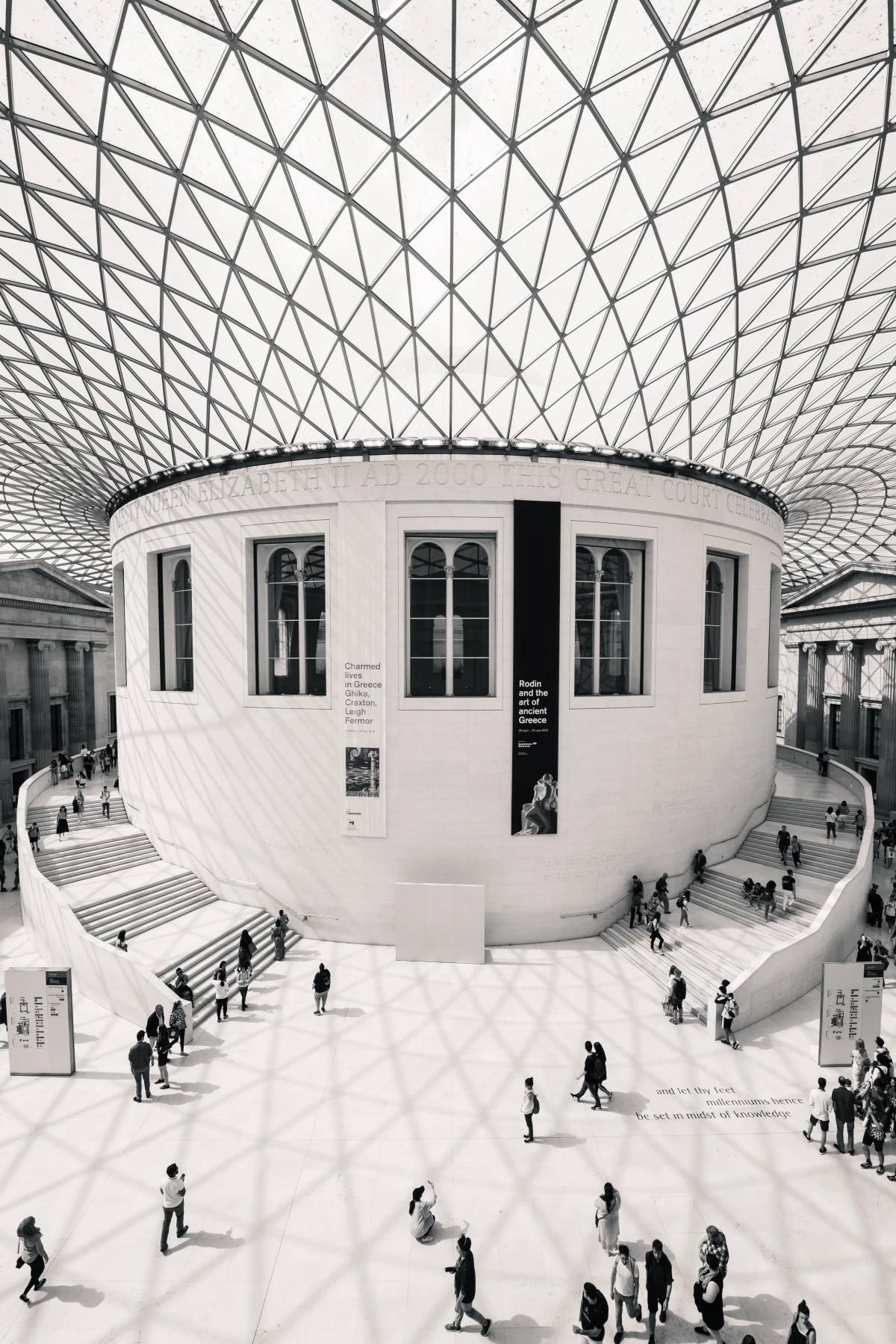
A heads-up on cost: A standard ticket will run you about €22. And whatever you do, book it online in advance to get a time slot. The line at the main pyramid entrance can be soul-crushing. A lesser-known trick is to use the entrance at the Carrousel du Louvre underground shopping mall. It’s often much, much faster.
The Big One in London
This museum was born from a different idea. It was founded way back as the world’s first national public museum, built around the massive collection of a single physician and collector. His will stipulated that his treasures should be preserved for the nation, a mission that still stands today. That’s why general admission is free, which is a core part of its identity.
The stunning glass roof over the central Great Court is a perfect example of modern problem-solving. Architects enclosed the museum’s inner courtyard, creating this huge, light-filled public square. The roof is an engineering marvel, made of thousands of unique glass panels designed to flood the space with natural light while blocking the harmful UV rays that could fade ancient artifacts. The temperature and light levels in there are monitored constantly.
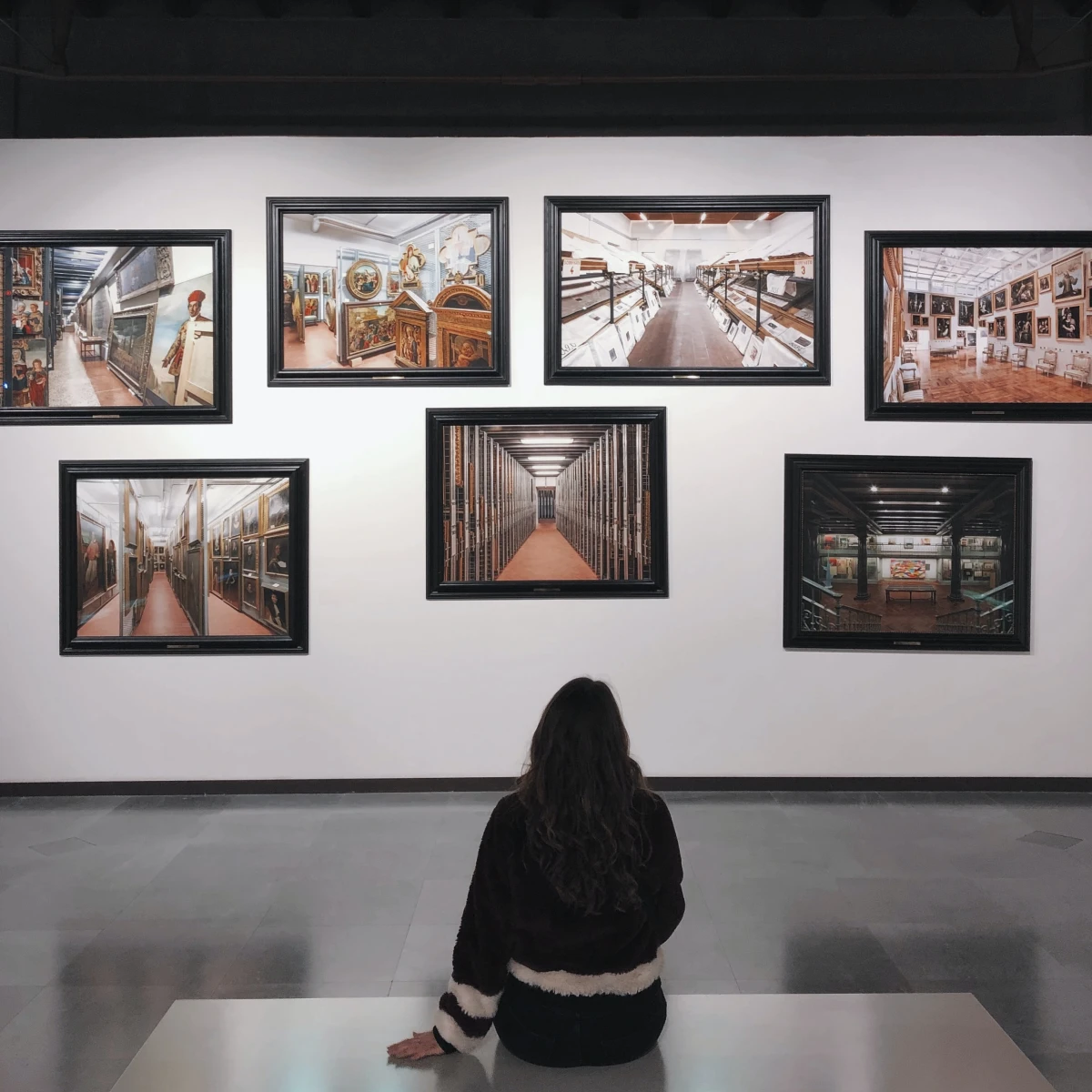
Heads Up: The Controversies are Real. You can’t really talk about this museum without acknowledging the heated debates around some of its most famous pieces, like the Parthenon Marbles and the Benin Bronzes. These objects were taken from their original homes during a period of imperial power, and there are very strong arguments for sending them back. The museum’s stance is that it allows a global audience to see them in a broad world context. As a visitor, it’s important to know this complicated history. It adds a crucial layer of understanding to what you’re seeing.
The National Gallery: Telling a Country’s Story
Unlike the world-spanning museums, some places focus on telling the artistic story of a single nation. Their collections are carefully built to celebrate a specific heritage and artistic identity. The national museums in Amsterdam and Madrid are absolute masters of this.
The Dutch Masterpiece in Amsterdam
This museum is, in a nutshell, the story of the Netherlands. After a major, decade-long renovation, it reopened with a fresh, bold vision. The curators decided to mix paintings, historical artifacts, and decorative arts together in one chronological journey. That means you’ll see a glorious Golden Age painting hanging right next to a finely crafted cabinet from the same era. It gives you an incredibly rich picture of the world that produced the art.
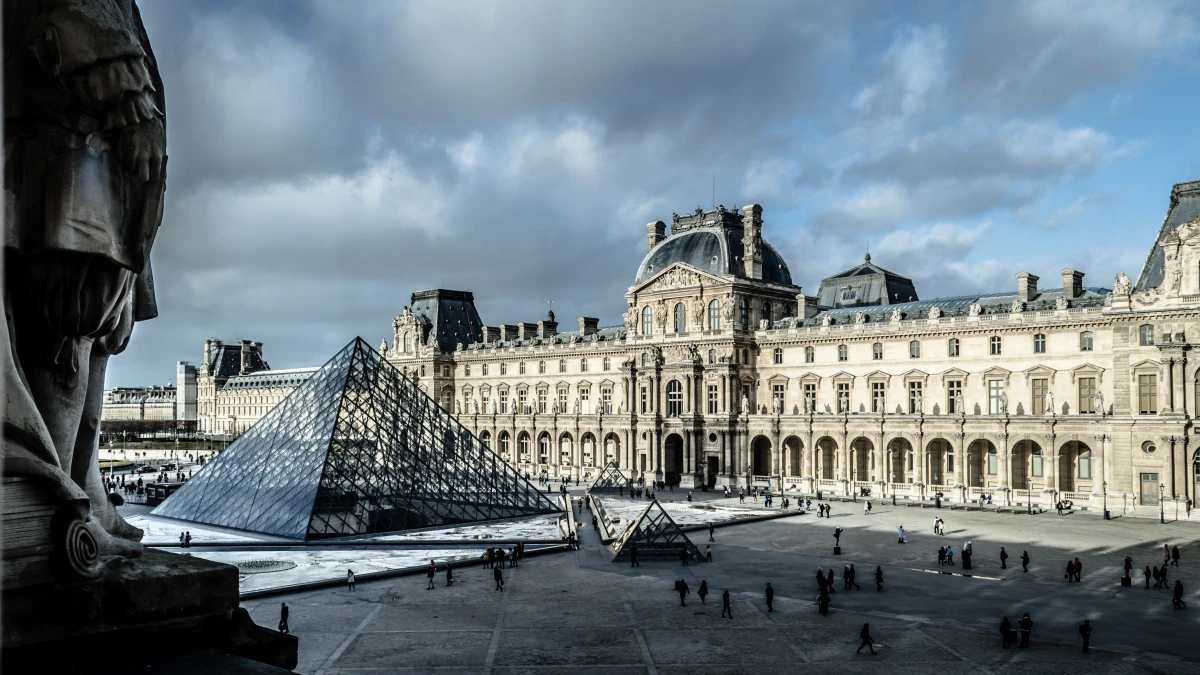
The heart of the museum is, of course, the enormous painting of a civic guard company. It hangs in its own specially built hall at the end of the Gallery of Honour. The lighting is meticulously controlled to show off the painting’s dramatic light and shadow without damaging the centuries-old pigments.
Insider Tip: The chronological layout is a gift. Start on the top floor and work your way down to follow the timeline perfectly. If you only have two hours, make a beeline through the Gallery of Honour to see the big one, then spend your remaining time with the other masters on that floor. And please, book your ticket online. A timed-entry slot costs around €22.50 and will save you from a painfully long wait, especially in the summer.
The Spanish Royal Collection in Madrid
What the Dutch museum is to the Netherlands, this one is to Spain. Its collection is a direct reflection of the tastes of the Spanish monarchy, which is why it’s bursting with works from the country’s most celebrated masters. Fun fact: the building was originally intended to be a natural history museum before it was repurposed for art.
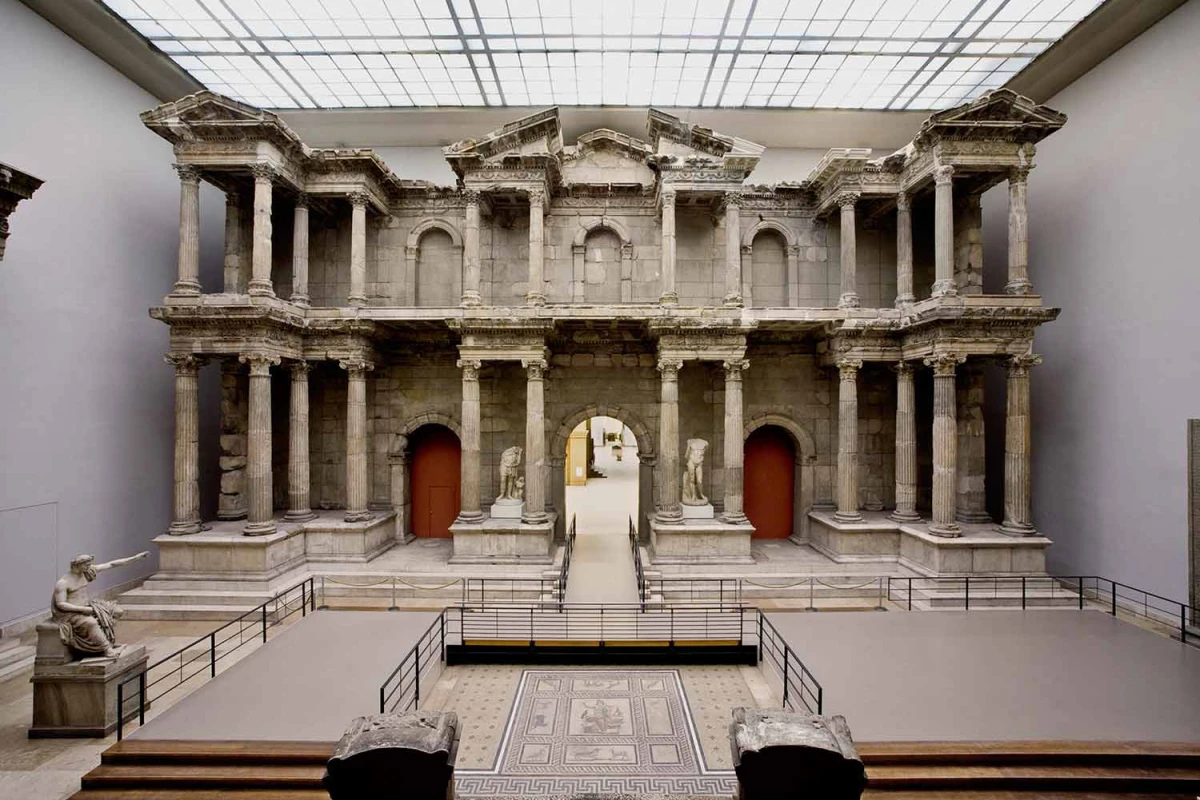
Nowhere else can you see the full arc of one particular Spanish master, from his polished work as a court painter to the raw, haunting Black Paintings. That famous dark series was originally painted right onto the walls of his house and was painstakingly transferred to canvas long after his death—a historic conservation feat that saved some of the most emotionally intense art ever created.
To Save Money: This is a great deal. A general ticket is about €15, but it’s completely free for the last two hours of every day (check their site for exact times). It gets crowded then, but you can’t beat the price!
The Purpose-Built Museum: When the Building is Part of the Show
Sometimes, a museum is designed from scratch to serve a very specific purpose—often to house the finds from a single archaeological site. In these cases, the architecture isn’t just a box for the art; it’s a key part of the experience, helping you understand what you’re seeing.
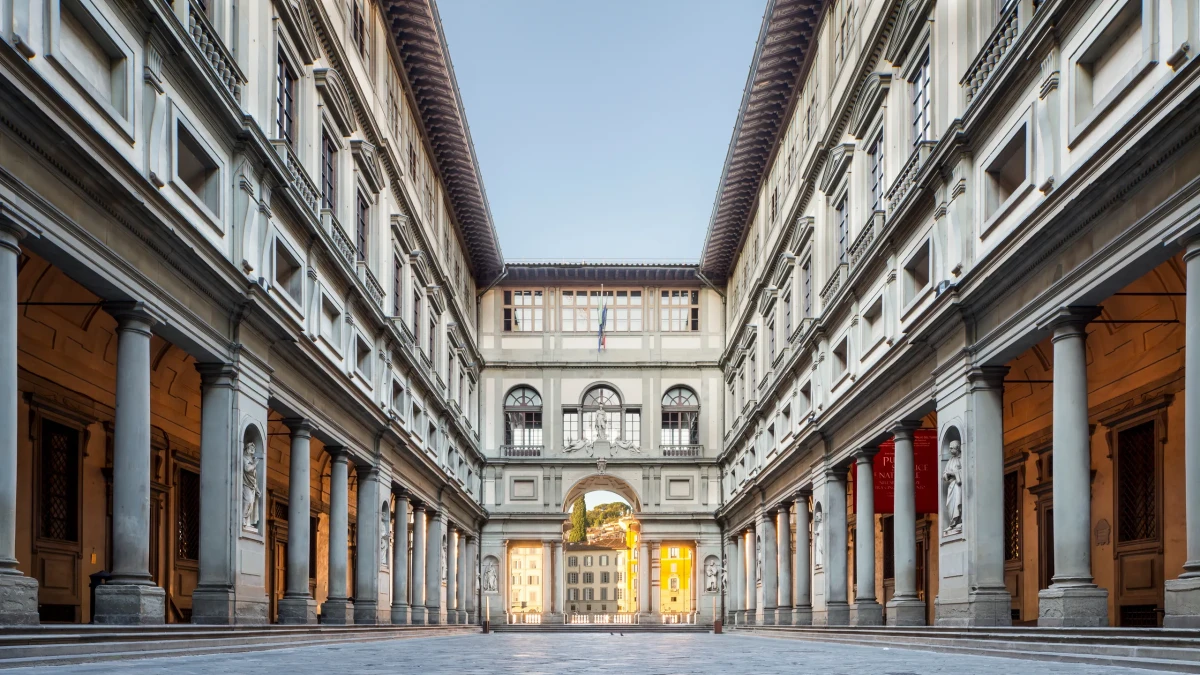
The Jewel of Athens
The museum at the foot of the Acropolis is maybe the best example of this in the world. The architect designed it around three key ideas: light, movement, and telling a story through the building itself.
You feel it the moment you walk in. You’re walking on glass floors, looking down at the ruins of an ancient Athenian neighborhood that was excavated during construction. It instantly connects you to the history under your feet. The whole building is designed to use the clear, natural Attic light, so you can see the sculptures in the same kind of light they were created under.
The top floor is the showstopper. It’s a huge glass gallery with the exact same dimensions and orientation as the Parthenon temple, which you can see sitting up on the hill. The surviving marble frieze is mounted just as it would have been on the original building. The empty spaces, representing pieces held in London and elsewhere, are filled with plaster casts. It’s a powerful, silent argument that these sculptures belong together, right here.

A Quick Note on Respect: The staff here are serious about protecting the marble, and for good reason. The oils on our skin can cause permanent stains and damage. Those little barriers are there for a reason, so please don’t touch. It’s a small way you can help preserve this treasure for everyone.
A Final Thought… For Now
So what about modern and contemporary art? That’s a whole different ballgame, with its own set of challenges. How do you define what art is worth collecting right now? What materials do you use for conservation when an artist used, say, chocolate or elephant dung? It’s a fascinating topic, but one that probably deserves its own post. For now, I hope this gives you a new lens for looking at these timeless places.
Before You Go: A Quick Checklist
No matter which museum you’re visiting, a little prep goes a long way.
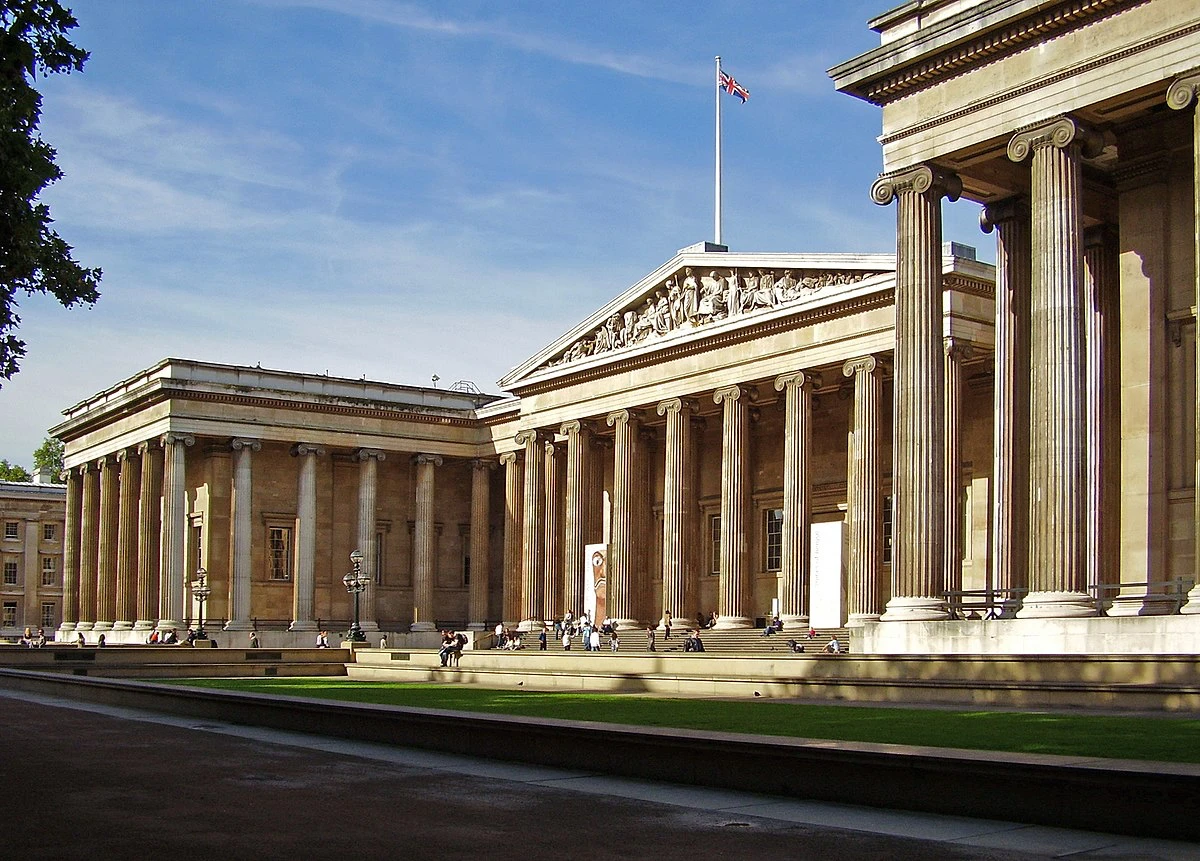
- Book Tickets Online. I know I keep saying it, but it’s the single best way to save time. Seriously.
- Check the Bag Policy. Most large museums have strict rules about backpack size and may require you to check your bag for a few euros. Know the rules before you get to the security line.
- Wear Comfortable Shoes. No, comfier than that. You’ll be walking on hard floors for hours. Your feet will thank you.
- Have a Loose Plan. Know the one or two things you absolutely must see, and where they are. Anything else you see is a bonus.
- Download the Museum Map. Save it to your phone beforehand. Cell service can be spotty in these massive, stone buildings.
Inspiration:

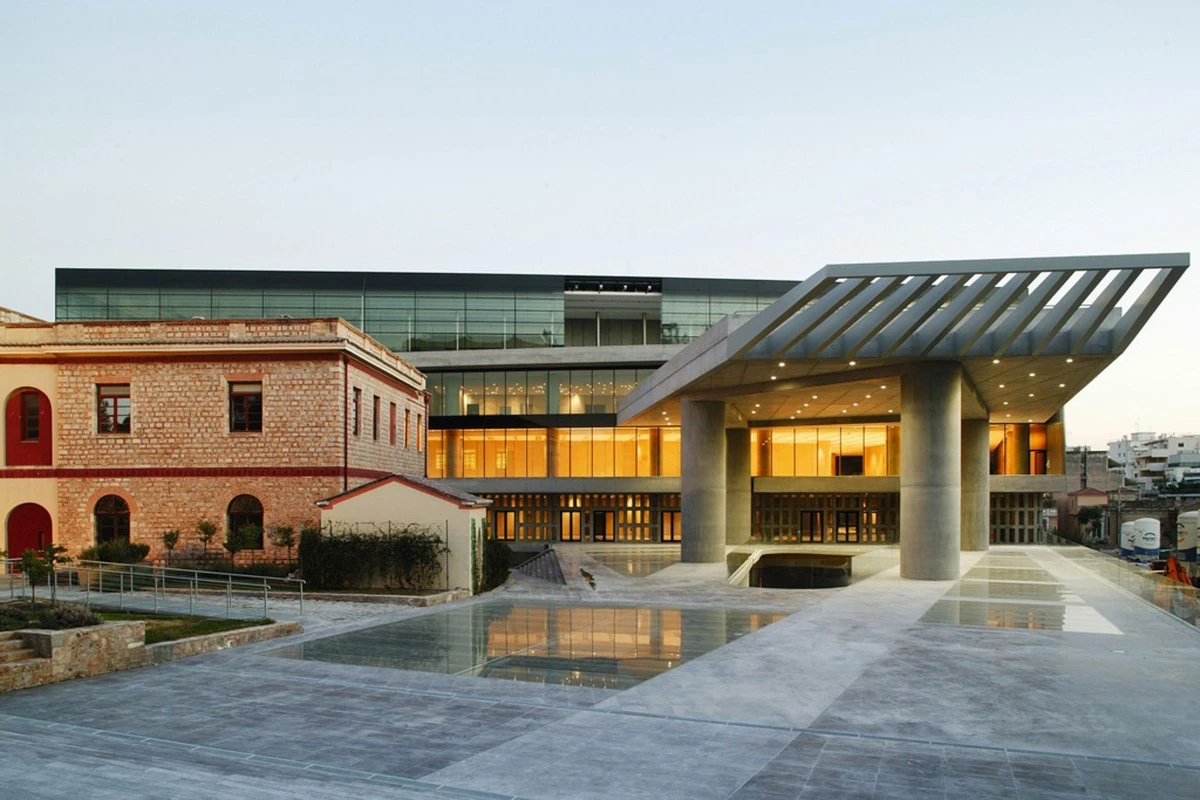
- Ditch the heavy backpack. Most large museums have free (or cheap) cloakrooms. A small crossbody bag for your essentials is all you need inside.
- Wear your most comfortable shoes. Museum floors are notoriously hard, and you’ll walk more than you think.
- Dress in layers. The grand halls can be cool, while crowded galleries get warm.
A little comfort goes a long way in turning a long visit into a pleasant one.

Are the museum’s audio guides really worth it?
Often, yes! But the world of digital guides has expanded. Before you go, check out third-party apps like Smartify, which uses your phone’s camera to identify artworks and provide context. For a truly deep dive, the official apps from institutions like the Rijksmuseum or MoMA often feature tours narrated by the curators themselves, offering insights you simply can’t get anywhere else.

The modern museum visitor spends, on average, just 15 to 30 seconds looking at a single work of art.
Fight this impulse. Find a quiet bench, choose one piece that intrigues you, and just sit with it for five full minutes. Notice the details you missed at first glance: the texture of the paint, the way the light hits the subject, a tiny element hidden in the background. It’s a simple act of mindfulness that can be more rewarding than rushing through ten different rooms.

You don’t have to be an artist to engage with art. Tucking a small Moleskine sketchbook and a pencil into your bag can transform your visit. Instead of snapping a quick photo, spending a few minutes sketching an object—a Roman bust, a modern sculpture—forces you to truly *see* its lines, shadows, and textures. It’s a powerful form of active looking.

The Marathon Runner: Rushes to see the Mona Lisa, the Venus de Milo, and the Winged Victory in one hour, ending up exhausted and remembering little more than crowds.
The Art Lover: Chooses one specific wing—say, the Egyptian antiquities—and spends their time exploring it without pressure, discovering lesser-known treasures along the way.
To avoid ‘museum fatigue’, be an Art Lover. Quality over quantity always wins.
Important point: The silent hero of the museum is its lighting. As the article notes, light damages artifacts, but modern technology performs a delicate balancing act. High-end systems from specialists like Erco and Lumentruss use LED projectors with a very high Color Rendering Index (CRI). This means they reveal the true colors of a painting without bathing it in the harmful UV and IR radiation that causes pigments to fade and textiles to degrade.










